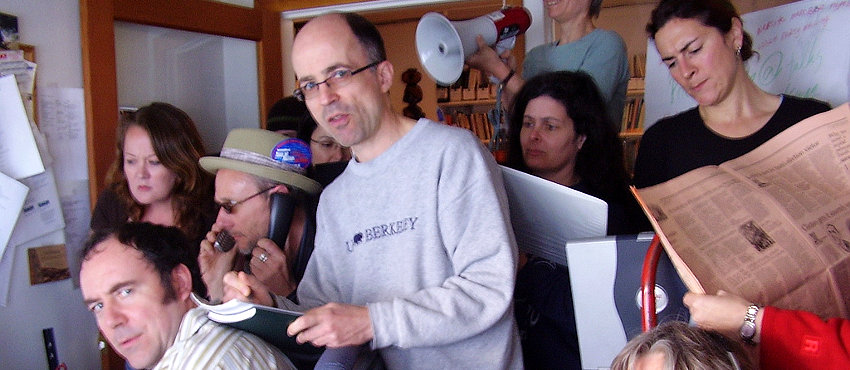Selecting office space with an eye to the longer term can be a vitally important factor, especially with companies that expect to see growth in the short to mid-term. The majority of landlords will accept only a minimum of two years (although longer is common) for companies to rent their space, that will be a legally binding tenancy over the fixed period. Many contracts will have breaking conditions that are often punitively expensive should a company find that the office isn’t working out for them.

There are plenty of potential reasons why a company may find themselves becoming too cramped – here’s a closer look at some of the main causes.
Unexpected growth & upheaval
Of course all companies should hope to grow but given the organic, dynamic nature that many companies (especially startups) find themselves in it’s crucial that more staff can be added to the office. This isn’t just individual desk space. As the workforce grows then facilities such as meeting rooms and break rooms will need to be correspondingly large enough.
Even established businesses will find that taking the transition to a new office space often seems to go hand-in-hand with departmental restructuring. If teams are going to be streamlined or merged (sales & marketing, HR & payroll etc.) do consider that these schemes might not work out in the long term and more staff might be needed. As great as savings are when improving efficiency and streamlining payroll, if sales are down or clients are noticing a slump in the quality of service it may work out to return to what has been effective in the past and reconsider the company structure.
Projecting space requirements
As a general rule a company should try and plan for an extra 15 – 20% of more space being needed within five years. However, this may not be the case for all businesses. When moving offices a thorough review should be taken of growth projections that also account for what may be coming over the horizon.
Are new tenders, contracts or projects going to require – and fund – the company to grow to meet demand; or is the financial outlook possibly going to limit or prevent growth? It may even be the case that some departments are likely to be downsized – and it’s down to the CEO and their management team to understand and apply strategies for the near future.
Worst case scenario?
Growing faster than had been planned for might sound fantastic, but can also cause major headaches and expense. If the office becomes too small for use then larger premises are going to need to be found. As mentioned at the start of this piece, moving office can be extremely expensive and disruptive. Some knock-on effects of poor office planning are:
- The cost of breaking a contract, moving equipment and furniture and finding deposit and rent in a new property will amount to thousands.
- Moving office will likely delay capacity to stay effective in delivering the service. This will impact revenue and possibly dissuade new and/or repeat custom.
- The disruption will also affect the workforce who will need to reformulate their arrangements for travel, child care, etc. Some will likely leave.
- Even if retaining the current office but taking on another space can damage efficiency. Say for example a new project requires a team of temporary staff on one year contracts making sales calls. It may sound easy to find a small space for them alone – but then how is that going to impact managerial efficiency and supervision? How will training be arranged and employees communicate effectively across two sites?
It can really pay in the long term to employ good agents who are experts in assisting companies move and set up new homes in high quality offices. No business knows what’s around every corner but the last thing needed is for office to become too small, especially when steps can be taken to prevent such an unfortunate situation. Take the time to plan, prepare and project what the company is going to require. There’s plenty of available London office space EC3 on Newtonperkins.com to suit the needs of any business.
Photo credit: International Rivers / Flickr


